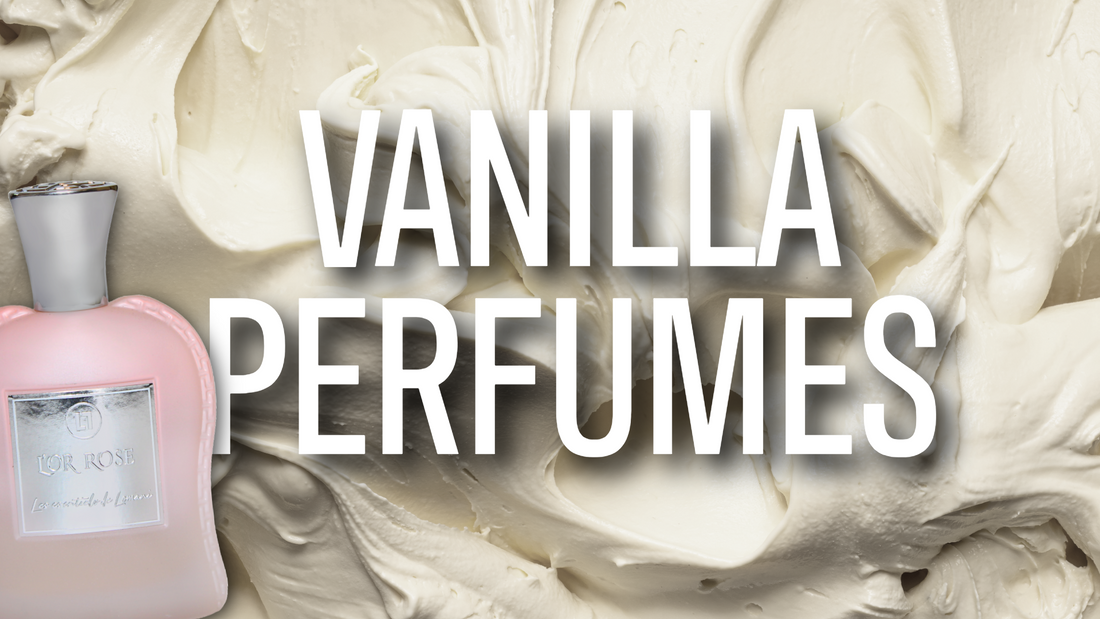
Vanilla Fragrances
Share
Few ingredients in perfumery have captured the world’s imagination like vanilla. Warm, creamy, and comfortingly sweet, vanilla fragrances have been beloved for centuries—not just for their scent, but for the emotional response they evoke. Whether found in luxury perfumes or daily body mists, vanilla remains one of the most enduring and universally appealing fragrance notes in the world.
The story of vanilla in perfumery begins long before modern fragrance houses existed. Indigenous peoples of Mexico were the first to cultivate vanilla, originally using the pods from the vanilla orchid in rituals, cooking, and sacred ceremonies. The Aztecs valued it so highly that they offered it to their rulers and mixed it with cacao to create an early form of chocolate elixir. When European explorers encountered vanilla in the 16th century, they brought it back to Europe, where it quickly became a luxury item—used in everything from confections to royal perfumed oils.
Despite its early popularity, vanilla remained rare and expensive for centuries, due to the orchid’s notoriously difficult growing conditions and the fact that it had to be hand-pollinated outside of its native region. It wasn’t until the 19th century, with the development of synthetic vanillin, that vanilla became widely available in perfumery. This innovation allowed perfumers to replicate the soft, addictive qualities of natural vanilla at a fraction of the cost—making it a mainstay of modern scent compositions.
So why are vanilla perfumes so popular? The answer lies partly in biology. Studies show that sweet, creamy scents like vanilla activate our brain’s pleasure centers. They evoke warmth, safety, and nostalgia—feelings often rooted in early life experiences. Many people associate vanilla with comfort: a parent’s baking, a favorite childhood treat, or a cozy winter night. That emotional connection makes vanilla more than just a note—it becomes a mood.
Perfumers love vanilla for its versatility. It pairs beautifully with florals, spices, woods, and even citrus. In gourmand fragrances, it adds sweetness and depth, often alongside notes like tonka bean, caramel, or praline. In oriental perfumes, vanilla brings sensuality and smoothness, blending with ingredients like amber, patchouli, or incense. And in minimalist blends, it can stand on its own—pure, soft, and comforting.
Some of the world’s most iconic perfumes feature vanilla as a key ingredient. From vintage classics of the early 20th century to bestsellers of today, vanilla continues to dominate both mass-market and niche fragrances. It’s a note that feels timeless—never trendy, yet always in style.
In recent years, there’s been a resurgence in vanilla-focused scents, especially in niche perfumery. Brands are exploring smoky, boozy, or salty interpretations of vanilla, moving beyond the overly sugary formulas of the early 2000s. This modern vanilla is more complex—sometimes paired with leather, resins, or herbal infusions—while still honoring its comforting roots.
Beyond its scent, vanilla carries cultural weight. In some traditions, it’s seen as an aphrodisiac. In others, a symbol of purity or luxury. And while the term “vanilla” is often unfairly used to mean “plain,” true vanilla in perfumery is anything but. It’s rich, layered, emotionally evocative—and often the secret ingredient that gives a fragrance its addictive quality.
From ancient rituals to modern elegance, vanilla perfumes continue to captivate noses and hearts around the world. Their power lies not just in how they smell—but in how they make us feel. So the next time a hint of vanilla catches the air, pause and take it in. You’re experiencing one of the most beloved notes in fragrance history, and its story is far from over.
